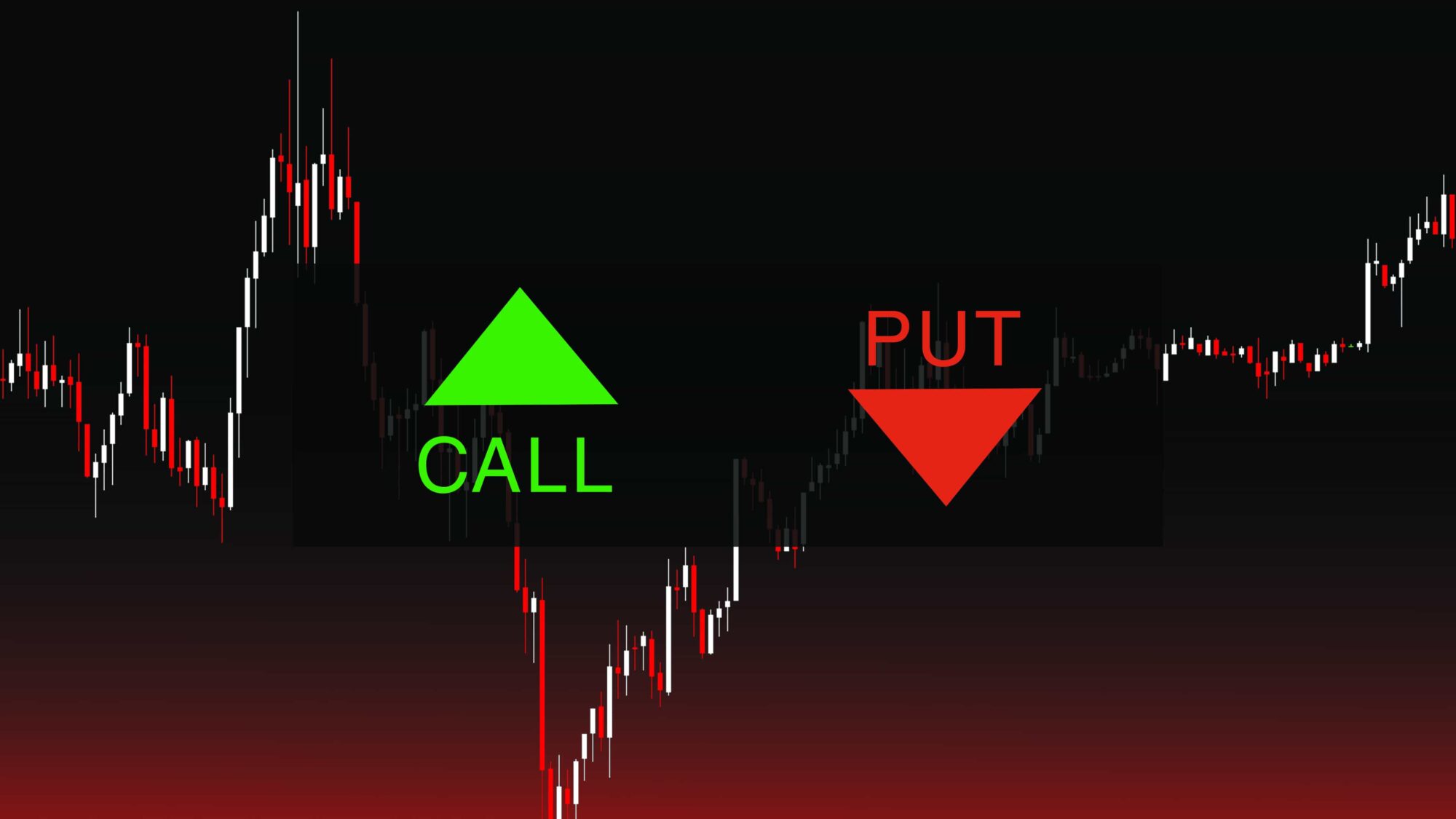Options trading, a sophisticated and potentially lucrative investment strategy, has gained increasing popularity among traders seeking enhanced returns and risk management. With the right guidance and understanding, navigating the world of options trading can be a rewarding endeavor. This comprehensive guide will delve into the fundamentals of options trading, empowering you with the knowledge and techniques to make informed decisions and navigate market dynamics.

Image: www.asktraders.com
Understanding Options: A Primer
Options contracts, often referred to as “derivatives,” represent agreements between two parties, known as the buyer and seller, to exchange an underlying asset at a predetermined price (the strike price) on a specific future date (the expiration date). Unlike futures contracts, which obligate the buyer to purchase or the seller to deliver the underlying asset, options provide the buyer with the right, but not the obligation, to execute the contract. This flexibility allows traders to tailor their exposure to potential market movements while limiting their financial commitment.
Types of Options: Call and Put
There are two primary types of options contracts: calls and puts. Call options grant the buyer the right to purchase the underlying asset at the strike price on or before the expiration date. Conversely, put options bestow upon the buyer the right to sell the underlying asset at the strike price on or before the expiration date. When the market price of the underlying asset exceeds the strike price for call options (or falls below the strike price for put options), the options are said to be “in-the-money,” indicating potential profitability for the buyer.
Option Pricing and Key Factors
Option prices are determined by several key factors, including the underlying asset’s current market price, the strike price, the time remaining until the expiration date, and the volatility of the underlying asset. As these factors fluctuate, so too will the price of the option contract. Volatility, a measure of potential price swings, is particularly influential in option pricing. Higher volatility generally corresponds with higher option prices, as it increases the likelihood that the option will end up “in-the-money.”

Image: www.projectfinance.com
Options Trading Strategies: Tailoring to Risk and Reward
Options trading offers a diverse range of strategies, allowing traders to customize their risk and reward profiles. From simple covered call strategies, designed to generate income while mitigating risk, to more complex strategies such as credit spreads and iron condors, traders can tailor their approach to suit their investment objectives and risk tolerance. Each strategy involves a unique combination of options contracts, with varying levels of potential return and risk.
Key Risks and Considerations
While options trading presents opportunities for substantial returns, it also comes with inherent risks. Unfavorable market conditions, poorly timed trades, and inadequate risk management can result in significant financial losses. Before engaging in options trading, it is crucial to thoroughly assess your risk appetite, conduct comprehensive research, and develop a well-informed investment plan.
Options Trading Guidance

Image: erainnovator.com
Conclusion: Unleashing the Power of Options Trading
Options trading, when approached with a solid understanding of the underlying concepts and a strategic mindset, can empower investors to harness the full potential of leveraged investing. By leveraging options contracts, traders gain access to enhanced risk management capabilities and the opportunity to generate substantial returns. However, it is imperative to proceed with caution, acknowledging the inherent risks involved and seeking ongoing education to stay abreast of market dynamics. With the guidance provided in this article, you are well-equipped to embark on the exciting and potentially rewarding journey of options trading.






